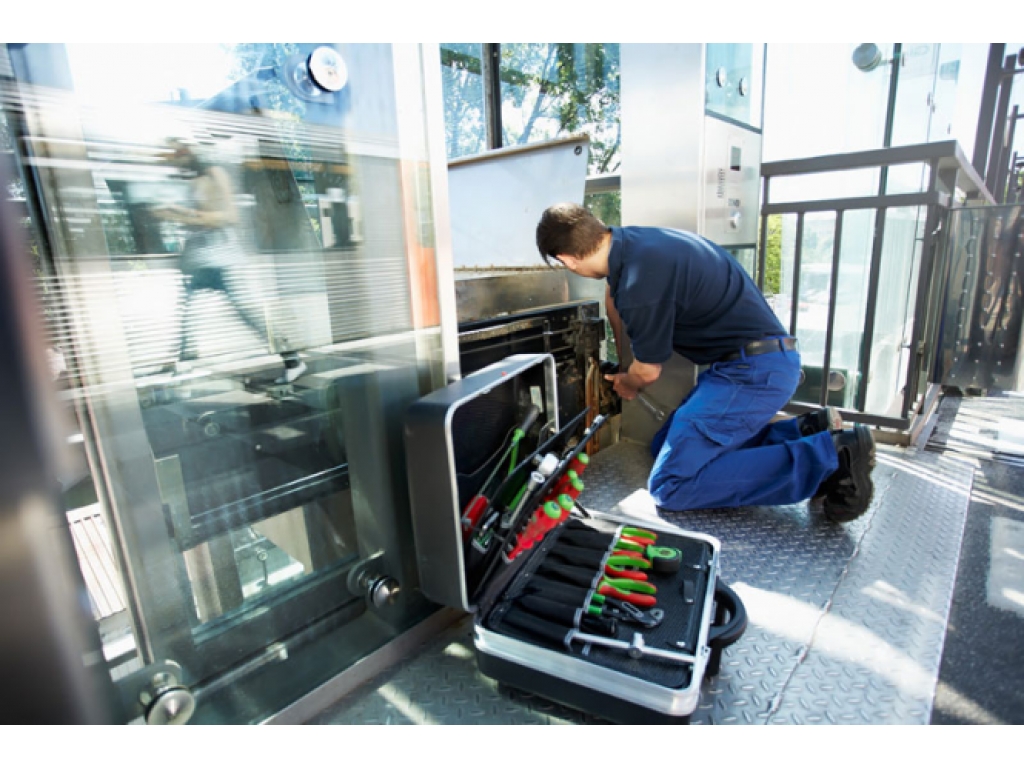A Comprehensive Technique to Enhancing Efficiency With Strategic Lift Repair Work Methods
A strategic and organized strategy to raise repair service and upkeep is crucial to make best use of performance and lessen downtime. By attending to common lift issues, carrying out positive maintenance procedures, and developing targeted repair work strategies, facilities can optimize their lift systems to operate at peak efficiency degrees.
Value of Lift Performance Optimization
Recognizing the importance of enhancing lift efficiency is important for making certain dependable and effective vertical transportation systems in different buildings and structures. Lifts are crucial elements of modern framework, giving upright movement for owners and goods within structures of varying heights. By enhancing lift performance, structure owners and center managers can improve user experience, improve power effectiveness, and boost overall functional effectiveness.
Effective lift efficiency optimization includes numerous variables, including rate, capability, energy usage, maintenance, and safety needs. Effectively optimized lifts can lower wait times for customers, especially in high-traffic buildings, bring about enhanced satisfaction and productivity. Furthermore, optimized lifts contribute to energy cost savings by using innovative control systems and innovations that lessen power intake without jeopardizing efficiency.

Identifying Common Lift Issues
Identifying usual lift concerns is crucial for keeping the functional efficiency and safety and security of vertical transport systems in buildings. Acknowledging these issues can assist protect against breakdowns, minimize downtime, and expand the life expectancy of the lift tools. One usual trouble that building supervisors and maintenance teams typically come across is irregular or jerky activities during operation. This concern can be a measure of troubles with the lift's motor, control system, and even the alignment of the lift auto.
Another widespread lift concern is odd noises originating from the lift shaft or machinery space. These noises can range from grinding or scuffing noises to loud clunking noises, all of which might signify underlying mechanical concerns that require immediate focus. In addition, constant door breakdowns, such as doors not opening up or closing effectively, can interrupt the smooth circulation of guests and posture security dangers.
Executing Positive Maintenance Measures
To maximize the performance and durability of lift systems, positive maintenance actions play a crucial role in guaranteeing functional integrity and safety and security. platform lift dimensions. Applying aggressive maintenance includes methodically examining, maintenance, and repairing elements prior to they fall short, hence stopping expensive downtime and possible safety and security dangers. Regularly set up evaluations can assist recognize minor problems before they intensify right into significant troubles, eventually extending the life-span of lift systems
One trick aspect of aggressive maintenance is creating a thorough upkeep timetable based upon manufacturer recommendations and sector best practices. This timetable should detail tasks such as lubrication, positioning checks, and element replacements at defined intervals. Additionally, executing condition monitoring techniques, such as vibration evaluation and thermal imaging, can assist detect early indicators of wear or malfunction.
Additionally, training upkeep staff on proper examination strategies and precautionary upkeep treatments is important for the successful see it here implementation of proactive upkeep steps. By promoting a society of aggressive maintenance within an organization, lift systems can operate at peak efficiency levels, lessening disruptions and making certain the safety and security of users.
Establishing Targeted Fixing Plans
Upon assessing the upkeep records and performance data, the engineering team can establish targeted repair work plans to address certain concerns and enhance lift system functionality. These repair strategies are customized to the recognized issues, making sure that sources are concentrated on fixing vital problems effectively. By focusing on fixings based on their effect on performance and security, the targeted repair service plans aid decrease downtime and maintenance prices while making the most of the lift system's reliability.
Creating these strategies involves a detailed evaluation of the lift system parts, consisting of electric motors, wires, brakes, and control systems. Through this detailed analysis, the design group can establish the origin of any kind of breakdowns or deterioration in efficiency. This information is then Discover More Here used to produce a roadmap for the repair service process, outlining the necessary actions, timeline, and sources required to attend to each problem successfully.
Furthermore, targeted repair work strategies may include preventative steps to improve the lift system's long life and performance. By proactively attending to prospective problems before they intensify, these strategies add to the general efficiency and safety of the lift system.
Utilizing Data-Driven Insights
Using the power of data-driven insights is vital in optimizing lift system performance check and upkeep effectiveness. These predictive upkeep strategies help protect against unexpected break downs, minimize downtime, and expand the life expectancy of lift systems.

Verdict
To conclude, maximizing lift efficiency is critical for guaranteeing effectiveness and security in structures. By identifying common lift issues, executing positive maintenance procedures, establishing targeted repair plans, and utilizing data-driven insights, organizations can improve performance and decrease downtime. It is necessary to take a detailed method to raise repair work approaches to make the most of operational efficiency and ensure the durability of lift systems.
By resolving common lift problems, implementing aggressive maintenance steps, and creating targeted repair plans, facilities can enhance their lift systems to operate at peak performance degrees.One more prevalent lift issue is strange noises originating from the lift shaft or equipment area.Upon assessing the upkeep documents and performance information, the design group can develop targeted repair strategies to address particular issues and maximize lift system performance. By focusing on fixings based on their impact on performance and security, the targeted fixing strategies aid decrease downtime and upkeep costs while optimizing the lift system's integrity.
It is important to take a comprehensive technique to raise fixing strategies to maximize functional performance and make sure the longevity of lift systems.